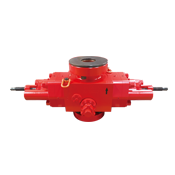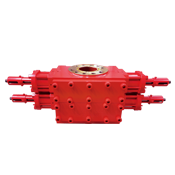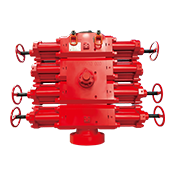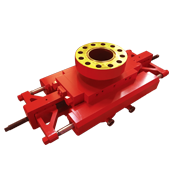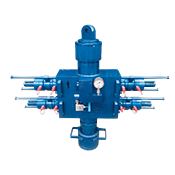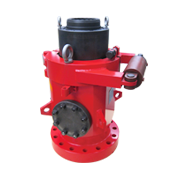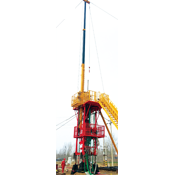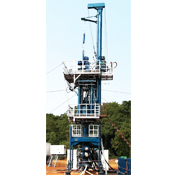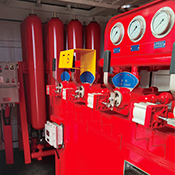Understanding High Temperature Gate Solutions: The Essential Role of Rubber Core in Engineering
2025-01-12
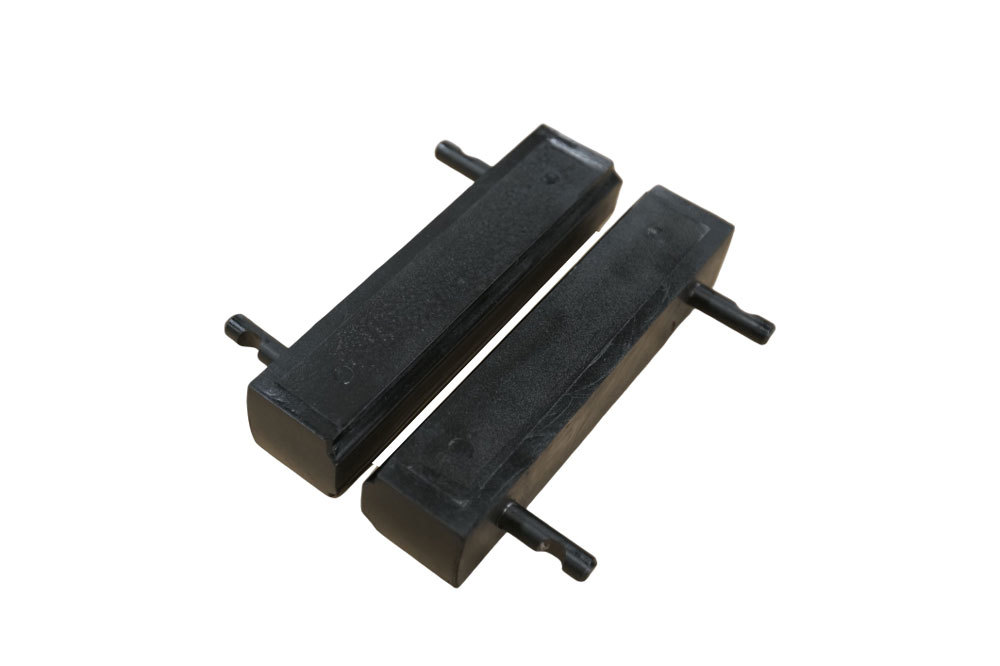
Understanding High Temperature Gate Solutions: The Essential Role of Rubber Core in Engineering
Table of Contents
- 1. Introduction to High Temperature Gate Solutions
- 2. Importance of Rubber Core in High-Temperature Applications
- 3. Key Design Considerations for High-Temperature Gates
- 4. Mechanical Properties of Rubber Core
- 5. Applications of High Temperature Gates in Engineering
- 6. Challenges in High Temperature Gate Design
- 7. Future Trends in High Temperature Gate Solutions
- 8. Conclusion
- 9. FAQs
1. Introduction to High Temperature Gate Solutions
High-temperature gate solutions are essential components in various industrial applications, particularly in manufacturing and construction machinery. These gates control the flow of materials and fluids in environments where temperatures can soar. Understanding the technology behind these systems, particularly the rubber core, is crucial for ensuring optimal performance and longevity.
In an environment characterized by extreme temperatures, the materials used in gate construction must withstand thermal stress, corrosion, and mechanical wear. Rubber core technology provides a unique solution that offers flexibility, resilience, and high-performance capabilities necessary for demanding conditions.
2. Importance of Rubber Core in High-Temperature Applications
The rubber core serves as the backbone of high-temperature gate solutions, playing a pivotal role in their functionality. Here are several reasons why rubber core technology is vital:
2.1 Thermal Resistance
Rubber materials are engineered to resist thermal degradation. This property is particularly important in environments where temperatures can exceed 200 degrees Celsius. The rubber core ensures that the gate maintains its structural integrity under thermal stress.
2.2 Flexibility and Sealing Performance
Rubber cores offer excellent flexibility, allowing gates to seal effectively even under extreme conditions. This sealing capability is essential to prevent leaks, ensure safety, and maintain efficiency in operations.
2.3 Durability and Longevity
The inherent properties of rubber contribute to the durability of high-temperature gates. Rubber cores can withstand wear and tear much better than rigid materials, thus extending the lifespan of equipment and reducing maintenance costs.
3. Key Design Considerations for High-Temperature Gates
Designing a high-temperature gate solution requires careful consideration of multiple factors to ensure optimal performance. Here are some key design aspects to keep in mind:
3.1 Material Selection
Choosing the right rubber material for the core is critical. Different types of rubber, such as silicone, nitrile, and fluorocarbon, offer varying degrees of temperature resistance and chemical compatibility. Selecting a material that aligns with the specific operational environment is essential.
3.2 Gate Configuration
The design of the gate, including its shape and size, directly impacts its performance. Engineers must analyze flow dynamics and pressure requirements to determine the optimal configuration for the gate.
3.3 Integration with Existing Systems
High-temperature gates must be compatible with current systems in place. This requires a thorough understanding of existing machinery and pipeline configurations to ensure seamless integration.
4. Mechanical Properties of Rubber Core
The mechanical properties of the rubber core significantly influence the performance of high-temperature gates. These properties include:
4.1 Hardness
The hardness of rubber affects its sealing capabilities and flexibility. A proper balance must be struck to ensure both effective sealing and ease of operation.
4.2 Tensile Strength
Tensile strength is crucial for withstanding the forces exerted on the gate during operation. High tensile strength in rubber cores ensures they do not deform or fail under pressure.
4.3 Compression Set Resistance
Compression set resistance measures the ability of rubber to return to its original shape after being compressed. A low compression set is vital for maintaining sealing performance over time.
5. Applications of High Temperature Gates in Engineering
High-temperature gates find applications across various industries. Some notable applications include:
5.1 Oil and Gas Industry
In the oil and gas sector, high-temperature gates are crucial for managing the flow of fluids in pipelines and processing facilities. The extreme conditions demand reliable sealing and durability.
5.2 Chemical Processing
Chemical plants often deal with corrosive and high-temperature substances. Rubber core gates provide resistance against both heat and chemical exposure.
5.3 Power Generation
Power plants utilize high-temperature gates in their steam and cooling systems. These gates need to withstand high-pressure environments while ensuring efficiency.
6. Challenges in High Temperature Gate Design
While rubber core technology offers numerous advantages, several challenges can arise in high-temperature gate design:
6.1 Material Degradation
Despite their resilience, rubber materials can degrade over time, especially when exposed to certain chemicals or continuous high temperatures. Regular inspections and material testing are necessary to mitigate this risk.
6.2 Cost Considerations
High-temperature rubber materials can be more expensive than traditional options. Budget constraints may limit the materials chosen, impacting the overall performance of the gate.
6.3 Environmental Conditions
In some cases, external environmental factors, such as UV exposure and ozone, can affect rubber performance. Designing gates that can withstand these factors is critical.
7. Future Trends in High Temperature Gate Solutions
As technology advances, several trends are emerging in the field of high-temperature gate solutions:
7.1 Advancements in Material Science
Research in material science is leading to the development of more advanced rubber compounds that can withstand even higher temperatures and harsh conditions.
7.2 Integration of Smart Technology
The incorporation of smart technology into gate systems is on the rise. Sensors can be integrated to monitor performance metrics in real time, ensuring optimal operation and more informed maintenance decisions.
7.3 Focus on Environmental Sustainability
With growing awareness of environmental issues, the industry is moving towards sustainable materials and practices. Innovations in recyclable rubber materials are being explored to reduce environmental impact.
8. Conclusion
Understanding high-temperature gate solutions and the significant role of rubber core technology is essential for those involved in manufacturing and construction machinery. The advantages of rubber cores—including thermal resistance, flexibility, and durability—make them indispensable in extreme environments. By considering key design elements, recognizing potential challenges, and staying informed about future trends, industries can ensure that their high-temperature gate solutions remain efficient and reliable.
9. FAQs
What is the maximum temperature that rubber core gates can withstand?
Rubber core gates can typically withstand temperatures up to 200 degrees Celsius, depending on the specific rubber material used.
How often should high-temperature gates be inspected?
Regular inspections should occur at least once a year, but in high-stress environments, more frequent checks may be necessary.
Can rubber core technology be used in cryogenic applications?
While rubber core technology excels in high-temperature scenarios, it may not be suitable for cryogenic applications due to its thermal properties.
What are the common failures in high-temperature gate solutions?
Common failures include material degradation, loss of sealing properties, and mechanical wear due to extreme conditions.
Are there alternatives to rubber core technology?
Yes, alternatives such as metal core gates exist, but they may not offer the same flexibility and sealing capabilities as rubber cores in high-temperature applications.
This comprehensive overview aims to provide valuable insights into the critical role of rubber core technology in high-temperature gate solutions. By understanding these factors, industries can enhance their operational efficiency and equipment longevity.
PREVIOUS:
Related News
Contact Us
Mailbox:
tiehu@tiehupetro.com
Telephone:
86-317-2616808
Address:
Yanling Industrial Zone, Renqiu City, Cangzhou City, Hebei Province, China

